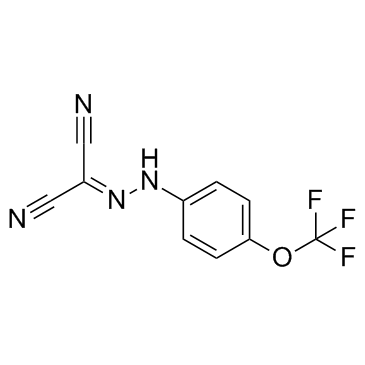| Structure | Name/CAS No. | Articles |
|---|---|---|
 |
FCCP
CAS:370-86-5 |
|
 |
Aequrin,recombinant,Solution
CAS:50934-79-7 |